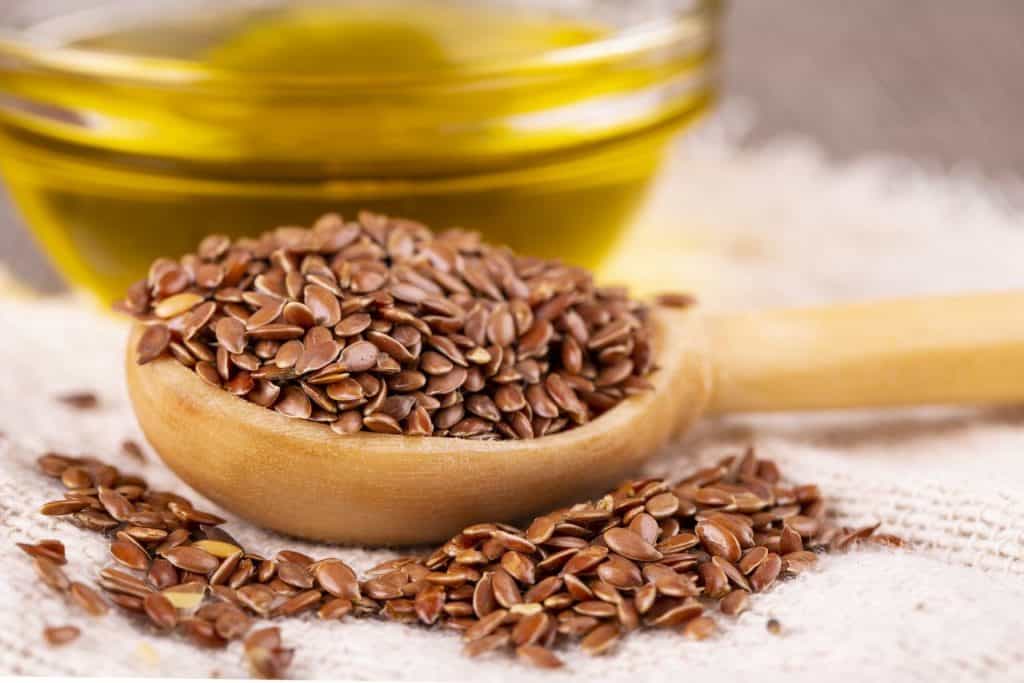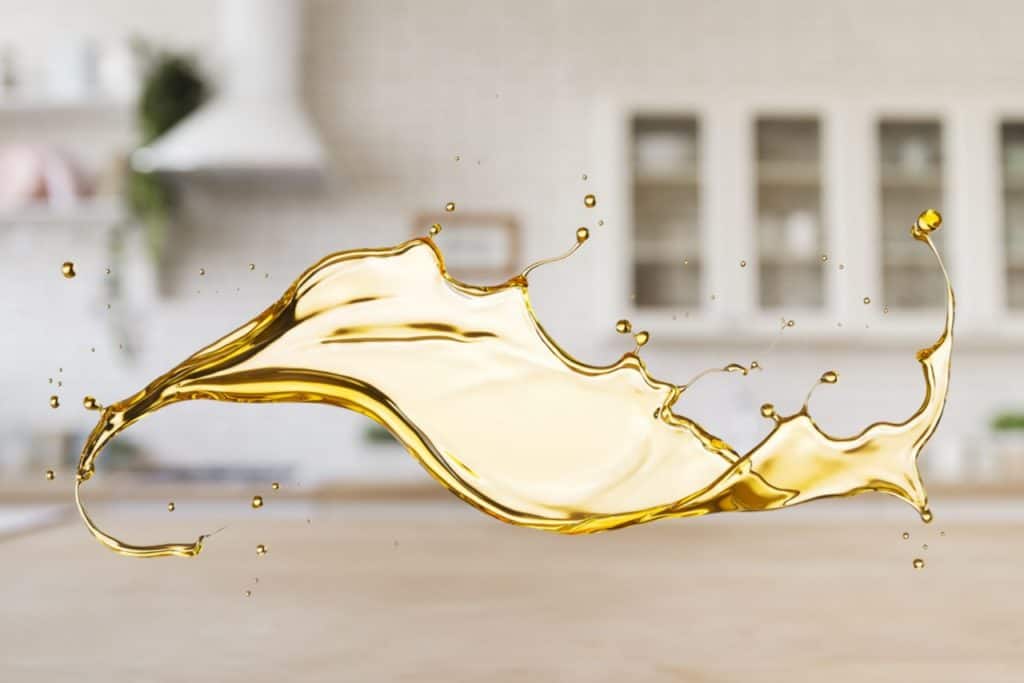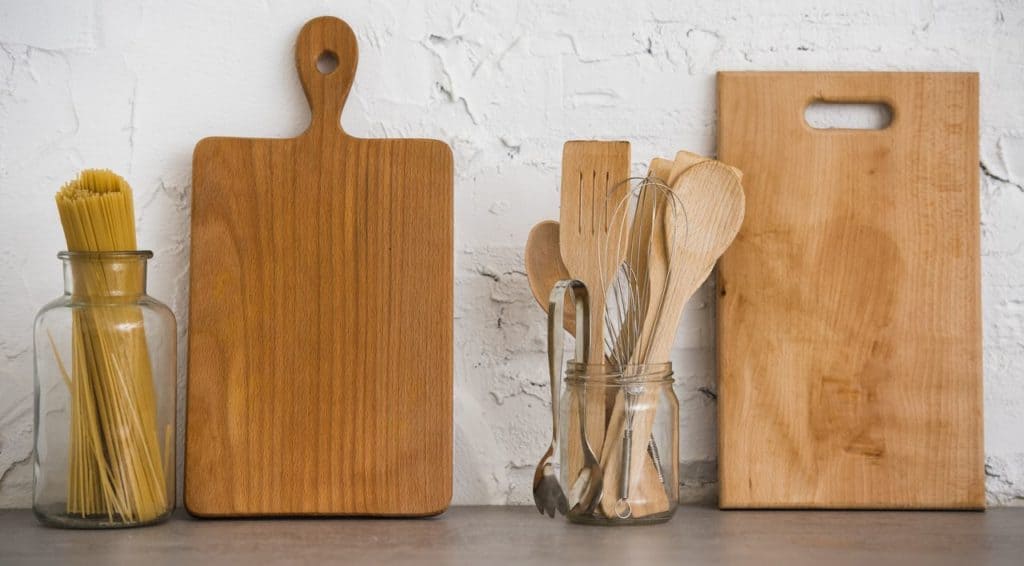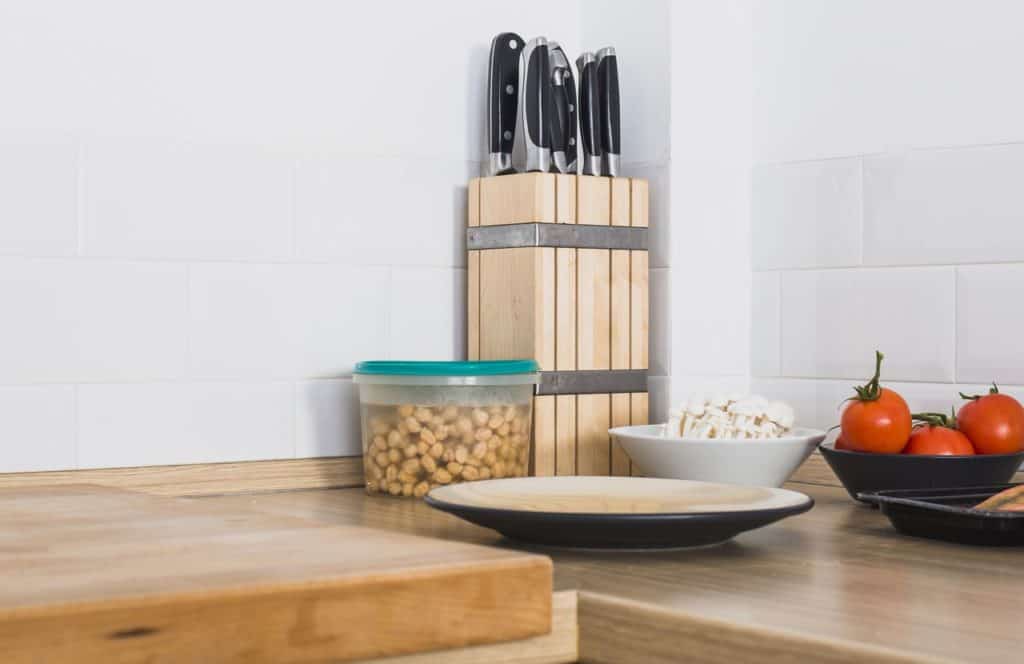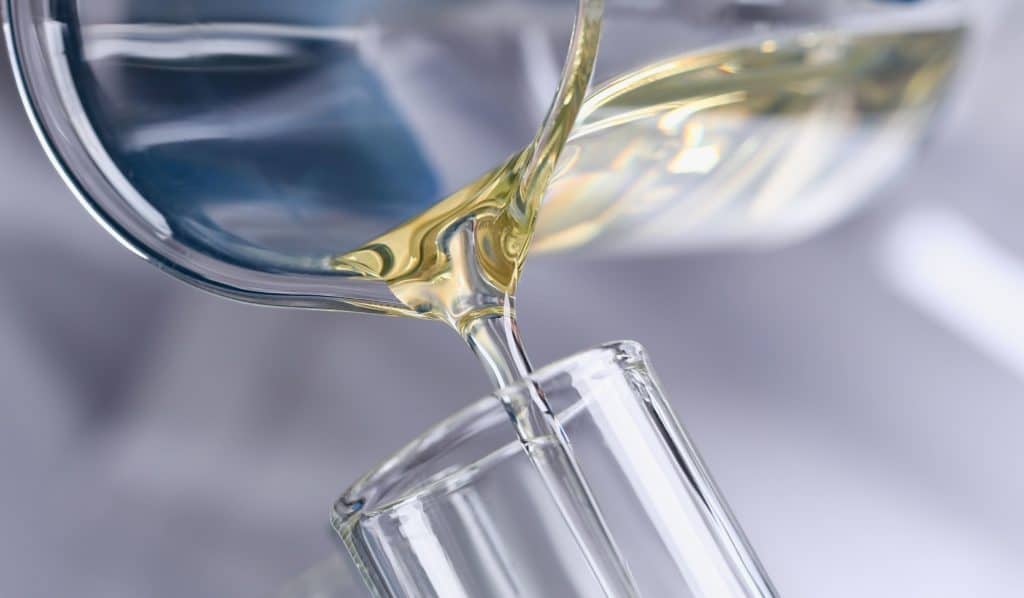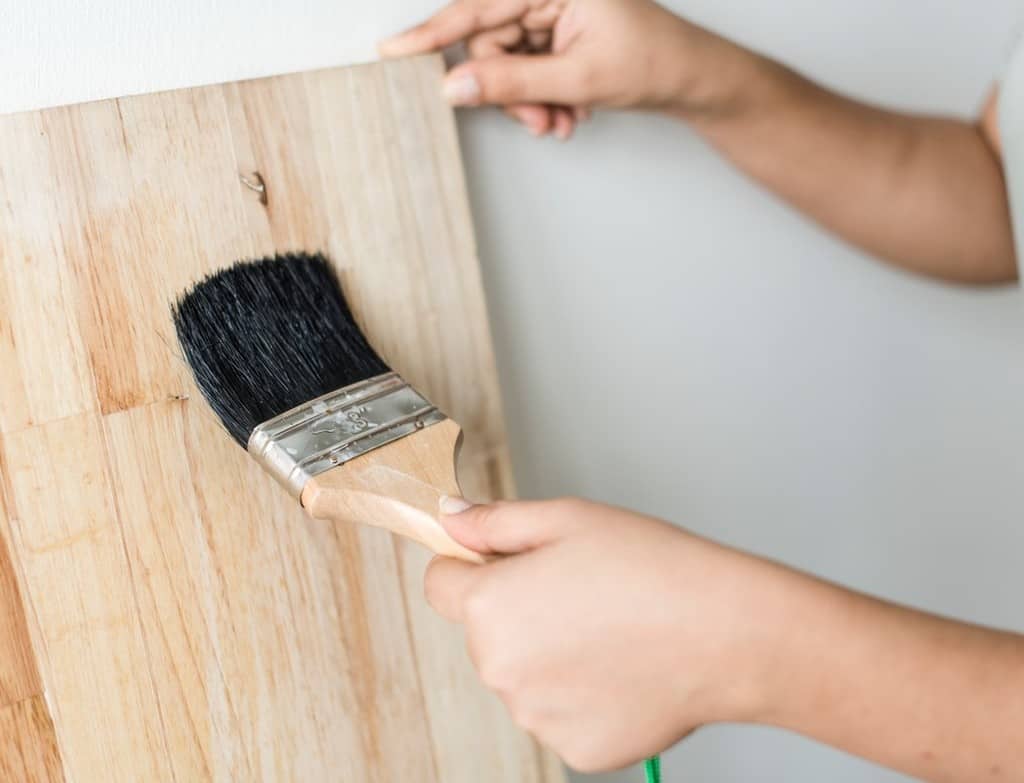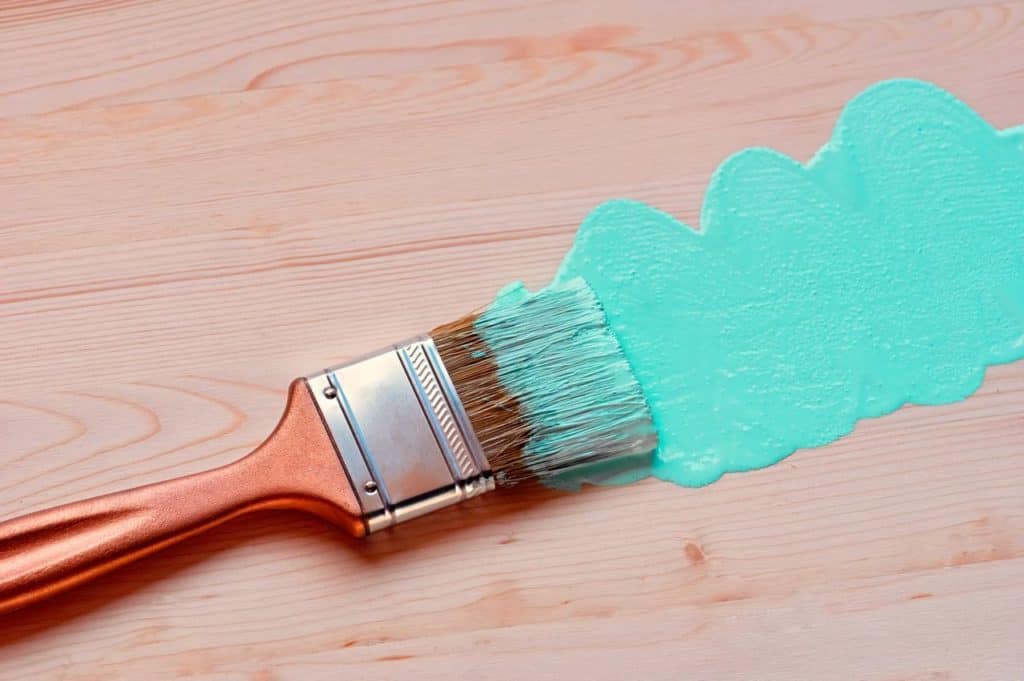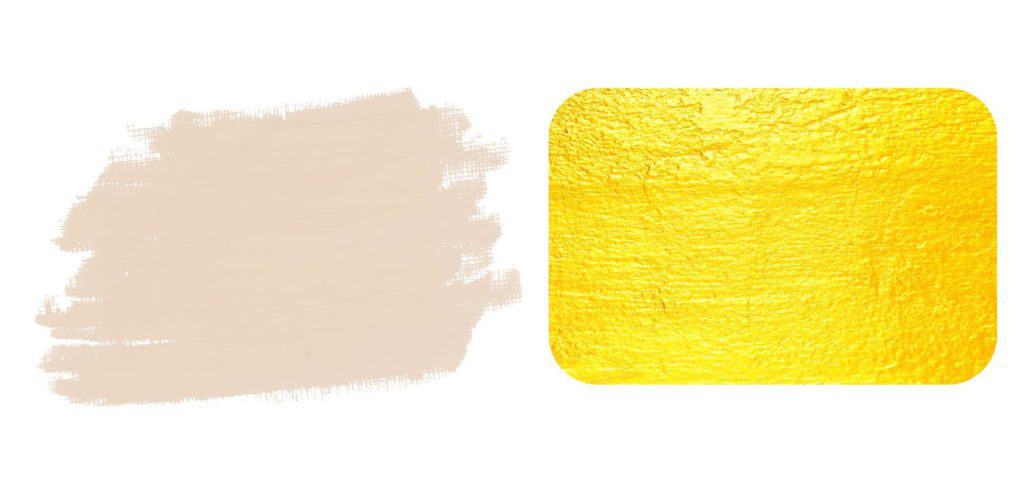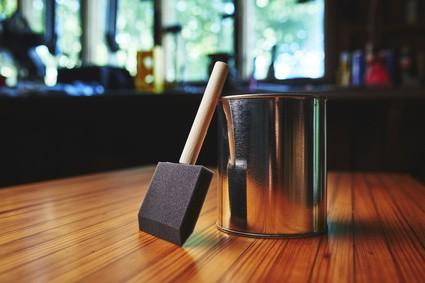Mineral Oil vs Linseed Oil – What Are the Differences?
If you’re the kind of person who loves to use their woodworking skills for something practical then you’ve probably put together some sort of cooking utensil or cutting board at some point. When you’re treating something that is used with food you need to use non-toxic and safe products. Here are two of the most …
Mineral Oil vs Linseed Oil – What Are the Differences? Read More »

